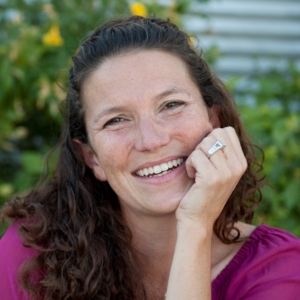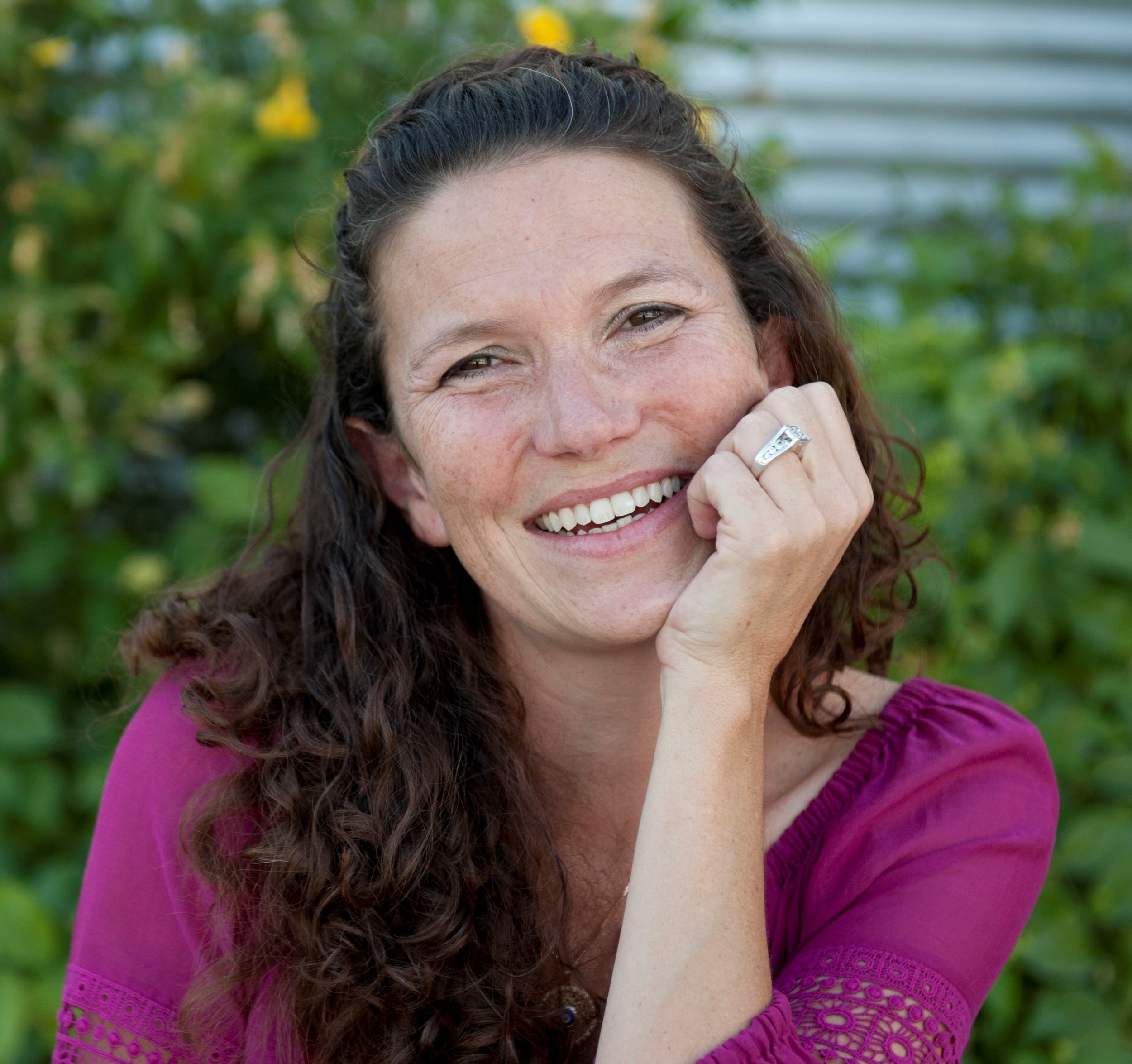Make It Intentional
In this week’s blog on Lifelong Learning, our curriculum designer, Caroline Slee-Poulos, advises us that we need to “Make It Intentional” when it comes to learning and to life.
Last week, our guest writer Steve Johnson advised our readers to “…make continuous learning intentional… ” This week, I would like to challenge you to bring intention into your family, your education, and your professional life.
What is intention, really? It’s certainly a word we hear when people accidentally hurt someone’s feelings: “I didn’t intend…” Of course, we also hear it in that old adage, “the road to Hell is paved with good intention.” In both of these cases, we are looking at intention as something passive, a thought or an idea. I would like to help you to make intention more of an action.
According to my favorite dictionary, Merriam Webster, intention is defined as “a determination to act in a certain way: resolve.” (Source)
If you bring intention into your everyday actions, you will see your life transformed.
To expand upon this a little bit… every class we create at Learning Without Scars is made with intention. Very deliberate intention. We analyze the needs of our students (professional and academic together); we create learning outcomes for each class; we gather feedback on sample class materials from Beta users; we adjust the materials based on your survey data. Our courses are adaptable to your short-term and longer-term goals and needs, just as you would experience in the traditional face-to-face classroom.
We intend for you to build a successful future with the tools you gain from your continuous learning.
The only missing ingredient is you! What is your intention?
It’s not the easiest question to answer. You have to look to the present, the immediate future, and the longer-term future. Where are you right now? Where do you see yourself in 1 year? In 5 years? In 20 years?
What personal goals and wants do you have for yourself? What will help you bridge the gap between where you are and where you want to be? I am challenging you, TODAY, to sit down and take stock. Write it all out: today, 1 year, 5 years, 20. What do you need to do to reach those milestones? What actions do you RESOLVE to take in order to make it happen?
The advantage of continuing your education as an adult is that you can determine exactly what benefits you want to receive from your efforts and analyze what steps you are willing to take in order to reach your goals. When we are younger, life seems to start while we are just along for the ride.
In this phase of your education, you are the one driving that journey.
So, tell me, what are your intentions?
Did you enjoy this blog? Read more great blog posts here.
For our course lists, please click here.



